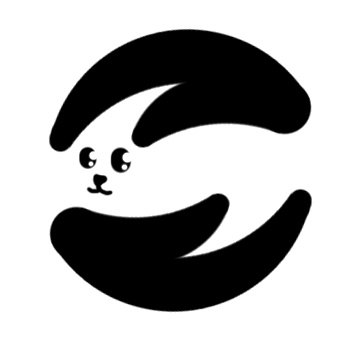Treatment of Burnt Wildlife
/Earlier this year the Adelaide region was devastated by major bush fires. The fires burnt for days and affected homes, humans, property, pets, livestock and wildlife. At the time I was the head veterinarian at the Adelaide Koala and Wildlife Hospital, and we got prepared to be inundated with wildlife. We mainly saw koalas and possums, many of the birds had fled and unfortunately many other species perished in the blaze. Given the current situation in the Northern areas of Adelaide I wanted to write a post about the treatment we used for these animals to help other vets, veterinary nurses and wildlife care teams in the area.
FLUIDS
The most important aspect of treating animals affected by bush fires is hydration. No matter how well the burns are treated if the animal is dehydrated they will die. In the field subcutaneous (under the skin) or oral fluids are the best methods to start the hydration process. Many veterinarians make the mistake of placing IV catheters to give fluid straight into the veins, although this is the fastest and best way to rehydrate an animal these catheters have to be put in a completely STERILE environment. Bush fire victims are covered with soot and we unfortunately saw animals pass away due to infection that spread through their veins from early IV catheter placement. Subcutaneous fluids can work very well but can be more uncomfortable for the patient, I would consider reserving these for animals that are unconscious or unable to drink. Otherwise offering oral fluids can save an animals life until it is able to be treated in a hospital.
Once at the hospital all animals should be placed on IV fluids. The fur needs to be shaved right down to the skin, then scrubbed with iodine or chlorhexidine solution until no soot remains. The vein can then be prepared with an alcohol wipe before starting fluid therapy. After 24 to 48 hours of IV fluid therapy most animals can then be maintained on oral fluids. It is also very important to meet nutritional requirements while the animals heal.
TREATMENT OF BURNT PADS OR SKIN
The first step we used in the treatment of burns was what we in the field call 'wet to dry bandages'. The easiest and most economical way to make wet to dry bandage consists of 5 gauze swabs soaked in water or saline (STERILE) then placed over the burnt area. These are then lightly bandaged in place, and need to be changed daily. As the bandage dries it causes dead skin and dirt to stick to the gauze so it is removed, this is called debridement. We also actively debride the burnt tissue by soaking it in iodine solution for 5-10minutes, then dry the area and gently trim away any access dead tissue. Generally after 3-5 days we can then change our bandaging technique to aimat healing rather than debridement. It is important that all stages of debridement are done under sedation as it can be very painful.
Once the wound has been debrided successfully we keep the wound bandaged until it has healed. The tissue left behind after a burn is often very fragile and needs to be protected. At the Adelaide Koala and Wildlife Hospital we applied flamazine directly to the burns, which contains silver and promotes healing while preventing bacteria growth. We then placed a non-absorbant, non-stick bandage over the top called melolin. Vetwrap was then used to gently secure the bandage in place. The photos below show a typical 'paw' bandage on a koala.
MEDICATION
All burnt animals need adequate pain relief. We often used tramadol at 2-4mg/kg in koalas to provide 8 hours of pain relief. Some animals will require stronger pain relief, and local anaesthetic can also be used on wounds.
Many burnt wildlife patients require antibiotics because they have been in the fire zone for so long with soot and other dirt sitting in their wounds. The antibiotic choice should be based on the animal you are treating.
TEAM WORK
An important aspect of any major disaster, that can be easily forgotten, is to work together as a team! There are many different groups working together such as firemen, state rescue teams, wildlife groups, welfare groups and veterinarians! Communication, team work and having an organised plan can help keep things moving and ensure as many animals as possible are saved and treated.
While this is just the basics of treatment of burnt patients I hope it gives you some insight into what will be going on behind closed doors at your local veterinary clinics and animal shelters. The treatment of burnt wildlife and pets can be hard and tiring work, but it is so rewarding to see it all pay off. I have attached some photos below of our patients at the Adelaide Koala and Wildlife Hospital this year.
Although the fires are devastating by working together and supporting each other the community can get through it. We were very lucky that although so many koalas and other wildlife had been lost in the Sampson Flat Fires we had many female koalas survive through their treatment, each with a joey on board to help repopulate the area - there is hope in very story!
To see more photos please check out my facebook page
Click here to donate or learn more about the Adelaide Koala and Wildlife Hospital
Cinders was our first fire patient, you can see how the bandages need to be modified for koala hands!
A team of veterinarians worked together to reduce anaesthetic time
Giving subcutaneous fluids during patient recovery
Photographic evidence how hard work and perseverance can pay off!





